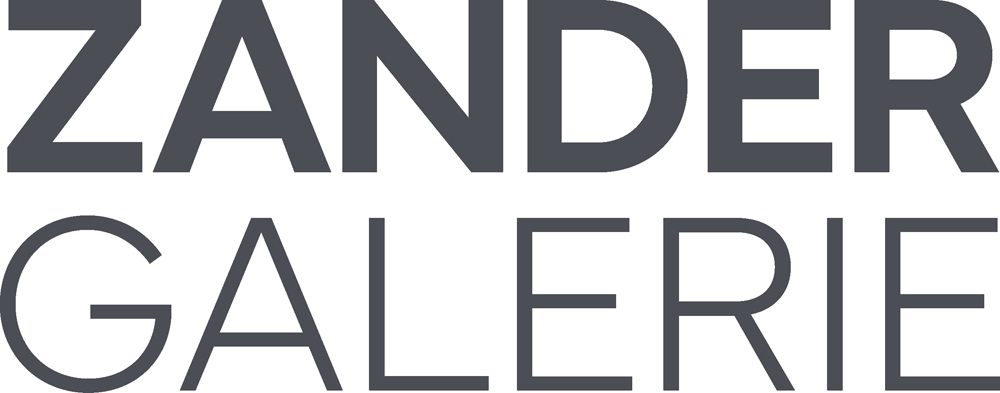ART COLOGNE 2019
Galerie Thomas Zander is delighted to present Günter Umberg and James White in the Collaborations sector, juxtaposing selected works and inviting a dialogue between their artistic practices. Concurrently with the presentation at Art Cologne, the exhibition GÜNTER UMBERG I JAMES WHITE Conversation is on view at Galerie Thomas Zander.
Günter Umberg, born 1942 in Bonn, defines painting as “painted colour” regardless of any content whatsoever. Extensively investigating the manifestations and discourses of the medium, with a particular interest in medieval panel painting, Umberg has radically reduced the means of painting to its essentials. His work draws on traditional elements while simultaneously challenging them to reintroduce a distinct mode of attention to the image into contemporary painting. The sheer presence of colour is of fundamental importance to his work. The materiality and texture of the pigments in his paintings produce an uncanny, impalpable effect of depth. Umberg binds different kinds and mixtures of pigments with dammar resin and applies them onto the panel in numerous layers, creating a highly delicate surface that is at times densely opaque, open-pored or even slightly transparent. The physical presence of the painting comes more and more into focus, its existence as an object. The paintings are executed on rectangular and almost square wood panels of varying thickness. The panels’ bevelled sides become narrower towards the wall and often leave the edges of an orange to ochre coloured ground visible, a reference to gilded paintings from the Middle Ages. As a result, the image exposes its surface openly and unprotected. There is nothing to distract from it, which makes the works all the more challenging to view. The images embrace all colours from the subtlest hues of grey, blue and black to a bright yellow and are presented as individual works or in groups of independent panels. Exactly positioned yet never appearing static, the works emanate a gravitational field, whose centre and periphery seem to be in a process of constantly realigning themselves. With elevated attention, the viewer experiences the process-based nature of the work, its expanse and the various layers of the work and space reinforcing each other.
This is the gallery’s first exhibition featuring James White’s black and white oil paintings. The works depict everyday scenes and objects such as a half empty glass or bottle, a door left ajar, a running tap. The London based artist, born in 1967, executes these reflecting surfaces intricately in a highly contrasted palette, invoking the tradition of still life painting, yet using contemporary materials, cinematic narrative devices and images of consumer objects that anchor his practise in today’s visual culture. The sources of White’s work, painted on aluminium, wood or acrylic panels, are photographs of his immediate environment at home, in bars or hotel rooms. The paintings of these mundane moments in between seem to be evidence of encounters and events taking place just before, after or outside the frame. The structured absence in them creates a narrative space charged with suspense and ambiguity, challenging relations of temporality and space as well as roles of protagonist and observer. While the verisimilitude and psychological tension of the paintings direct the viewers’ attention away from the surface, the pairing of two disparate images within a frame in some of the artist’s work showcases the process of cropping and cutting. Their display in Perspex boxes adds yet another layer of reflective remove.
The juxtapositions of these two bodies of work is an investigation into questions of surface and depth of images, closeness and distance, presence and absence. The ostensibly disparate works of the two artists explore these tensions in many varied ways not only in dialogue with each other. They also systematically sound them out in interaction with the viewer in the exhibition space, each time anew.
The exhibition GÜNTER UMBERG I JAMES WHITE Conversation is on view at Galerie Thomas Zander through 24 May. The exhibition catalogue is published by Verlag der Buchhandlung Walther König, Cologne.
